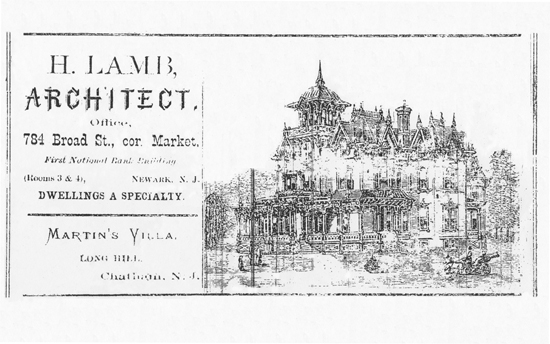Thanks to Professor Sparke (Wikipedia) for covering Rich in her discussion of Barnard College’s Brooks Hall:
Instead Charles Rich was given the responsibility for the project, doubtless because of his long association with Elizabeth Anderson, for whose family he designed more than a dozen buildings, including the family mausoleum, her father’s house in Greenwich, Connecticut, and her own homes in New York City and Santa Monica, California. Rich also was the architect of Sagamore Hill, the great Shingle Style country house created for Teddy Roosevelt, a close friend of Anderson’s husband.
Penny Sparke, ed. Mitchell Owens, Elsie de Wolfe: The Birth of Modern Interior Decoration (Acanthus Press, 2005), 59.
But Santa Monica? I wonder, is that Anderson’s Long Beach house, or her daughter’s house at 671 Wilshire Boulevard, or a third house?
—–
[Update 12.02.2013: Broken link to Prof. Sparke replaced with Wikipedia citation.]
[Update 05.04.2013: Broken link to museum repaired.]
